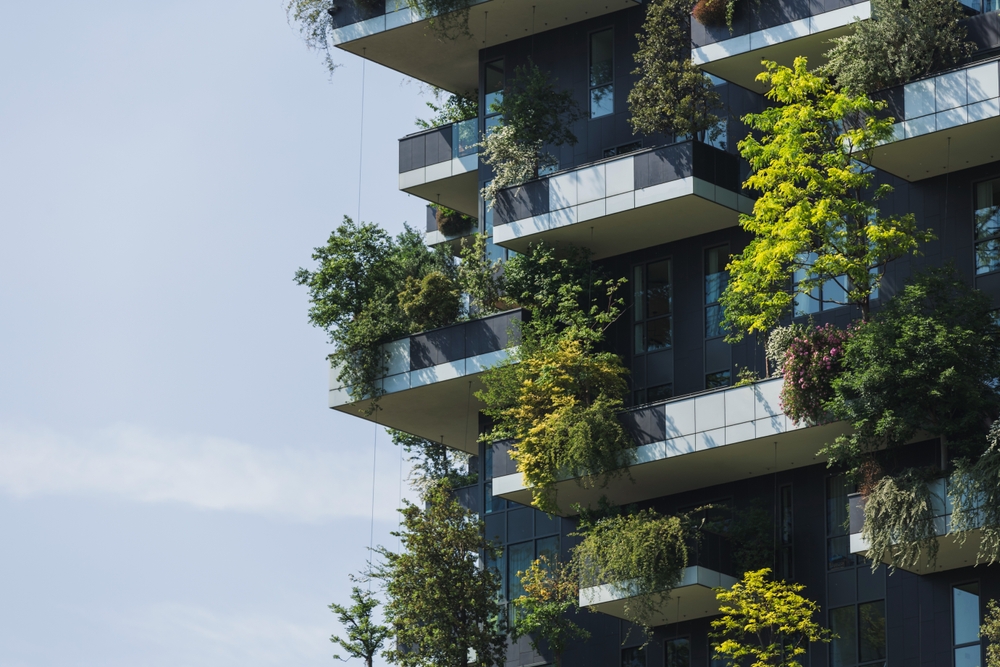Reimagining Urban Skylines: The Rise of Vertical Forests
In a world grappling with rapid urbanization and environmental concerns, an innovative architectural concept is reshaping cityscapes and redefining sustainable living. Vertical forests, towering structures adorned with lush vegetation, are emerging as a groundbreaking solution to urban density and ecological challenges. This architectural marvel combines the benefits of green spaces with the practicality of high-rise living, offering a glimpse into the future of urban real estate. As cities worldwide seek to balance growth with sustainability, vertical forests stand at the forefront of a green revolution in property development.

The success of Bosco Verticale sparked global interest, inspiring similar projects across continents. From China’s Nanjing Vertical Forest to the Netherlands’ Trudo Vertical Forest, these green skyscrapers have become symbols of ecological innovation in urban design. The concept has evolved from a niche experiment to a viable architectural trend, attracting attention from developers, environmentalists, and city planners alike.
Environmental Impact and Urban Benefits
Vertical forests offer a myriad of environmental benefits that address pressing urban challenges. These living buildings act as natural air purifiers, absorbing carbon dioxide and releasing oxygen, effectively combating air pollution in city centers. Studies have shown that a single vertical forest can absorb up to 30 tons of CO2 annually, equivalent to the emissions of 20 cars.
Beyond air quality improvement, these structures contribute to urban biodiversity by providing habitats for birds and insects. They also help mitigate the urban heat island effect, reducing ambient temperatures and energy consumption for cooling. The vegetation acts as a natural sound barrier, reducing noise pollution and creating tranquil oases within bustling city environments.
Real Estate Value Proposition
From a real estate perspective, vertical forests represent a unique value proposition. Properties incorporating this green technology command premium prices, appealing to environmentally conscious buyers and investors. Market analysis indicates that units in vertical forest developments can fetch up to 20% higher prices compared to conventional high-rise apartments in similar locations.
The appeal extends beyond individual unit sales. Vertical forests enhance the overall attractiveness of neighborhoods, potentially increasing property values in surrounding areas. This ripple effect creates opportunities for strategic real estate investments in emerging green districts, as cities increasingly prioritize sustainable urban development.
Challenges and Considerations
While the concept of vertical forests is compelling, it comes with its share of challenges. The most significant hurdle is the high initial cost of construction and design. Integrating living plants into building structures requires specialized engineering, robust irrigation systems, and ongoing maintenance. These factors can increase construction costs by 5% to 15% compared to traditional high-rises.
Maintenance presents another challenge. Keeping trees and plants healthy at great heights requires specialized care and regular attention. Building managers must factor in the costs of arborists, specialized equipment for pruning and plant care, and potential structural adjustments as trees grow and mature.
Climate considerations also play a crucial role. Not all plant species are suitable for every environment, necessitating careful selection based on local climate conditions. Architects and botanists must work closely to ensure the long-term viability of the vertical forest ecosystem.
Future Outlook and Market Potential
Despite the challenges, the future of vertical forests in real estate looks promising. As sustainability becomes a key focus in urban planning, more cities are likely to incentivize or mandate green building practices. This shift could make vertical forests more economically viable and widespread.
Technological advancements in construction and plant care are also making these projects more feasible. Innovations in lightweight soil substitutes, automated irrigation systems, and drone-assisted maintenance are reducing costs and improving efficiency.
The market potential for vertical forests extends beyond residential properties. Commercial buildings, hotels, and mixed-use developments are exploring this concept to create unique, eco-friendly spaces that attract tenants and visitors. As the trend gains momentum, we may see entire districts of cities transformed into urban forests, redefining the relationship between nature and the built environment.
Implications for Real Estate Investors
For real estate investors, vertical forests represent both an opportunity and a consideration for future-proofing portfolios. As cities adopt stricter environmental regulations, properties with integrated green features may become more valuable and resilient to market fluctuations.
Investors should consider the long-term benefits of vertical forest properties, including potential energy savings, increased tenant satisfaction, and alignment with corporate sustainability goals. However, due diligence is crucial to assess the financial viability and maintenance requirements of these innovative structures.
As the real estate market evolves to meet the demands of a changing world, vertical forests stand as a testament to the industry’s capacity for innovation and adaptation. They offer a glimpse into a future where urban living and nature coexist in harmony, creating spaces that are not only aesthetically pleasing but also environmentally beneficial and economically viable.




